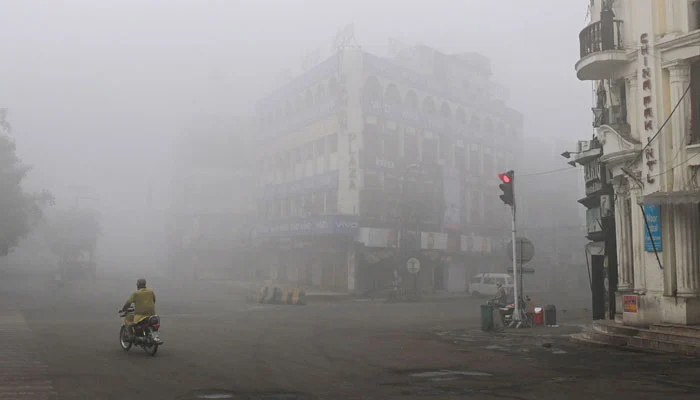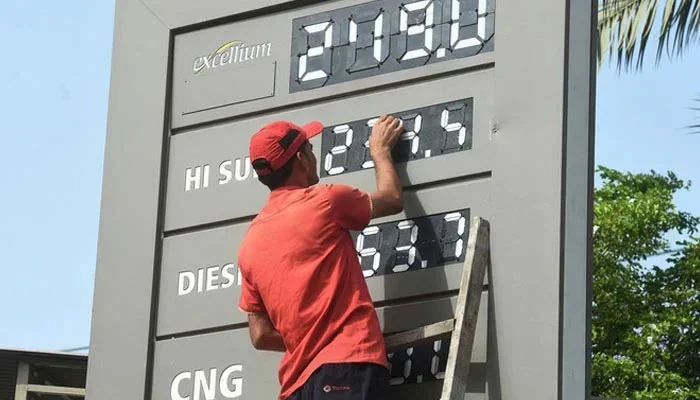Pakistan is grappling with an unprecedented smog crisis, particularly affecting the Punjab region. For years, winter smog has plagued Lahore, but in 2024, the problem has expanded dramatically, now enveloping major cities such as Multan, Faisalabad, and even Islamabad. This year’s smog is more severe, with dangerously high pollution levels creating a public health emergency across the province.
Alarming Air Quality Index (AQI) Levels
The Air Quality Index (AQI) is a key measure of air pollution, and Lahore’s readings have hit shocking highs:
- On Friday, the AQI in Lahore was reported at 860, far above the threshold of 500, which is classified as “extremely unhealthy.”
- In some parts of Lahore and Multan, the AQI exceeded 2,000—a level considered hazardous and capable of causing severe health effects.
- For context, New Delhi’s AQI was reported at 418, and Dhaka’s at 237, showing that Lahore’s air quality was far worse than other notoriously polluted South Asian cities.
Causes of the Smog Crisis
Government officials often attribute the smog to crop burning in Indian Punjab. However, environmental experts argue that this is an oversimplified explanation:
- Environmental lawyer Rafay Alam points out that local pollution sources, such as low-quality petrol, coal combustion, and emissions from vehicles and factories, play a far more significant role than crop burning.
- The use of substandard fuels and a lack of stringent emission controls have compounded the issue, creating a perfect storm for severe air pollution.
Health Impact: A Growing Crisis
The smog has led to a surge in respiratory illnesses:
- Nearly 2 million cases of respiratory diseases have been reported across Punjab in just one month.
- In Lahore alone, over 126,000 cases were recorded, highlighting the severe impact on public health.
- The Energy Policy Institute of the University of Chicago has noted that the life expectancy of Lahore’s residents is reduced by 7.5 years due to chronic exposure to polluted air.
Inadequate Monitoring and Government Response
Despite the escalating crisis, air quality monitoring in Punjab is severely lacking:
- Only six air quality monitors are installed across the entire province, five of which are in Lahore. This limited monitoring capacity hampers effective data collection and policy-making.
- Although the World Bank provided a soft loan in 2018 for installing 30 air quality monitoring systems, these funds have not been utilized, reflecting a serious governance failure.
The provincial government’s response has included several ad hoc measures, such as:
- Green lockdowns in parts of Lahore, restricting activities like barbecues, construction work, and the operation of marriage halls.
- Temporary closures of schools and public places, fines for polluting vehicles, and restrictions on commercial generators.
However, these steps have proven insufficient, and environmentalists argue they are merely short-term solutions.
Public Frustration and Economic Dilemma
The public has shown resistance to some of the government’s measures:
- When schools were closed, families flocked to zoos, parks, and shopping malls, undermining the intended impact of restrictions.
- Many residents, like Mehnaz Asim from Baghbanpura, report using costly air purifiers to mitigate indoor pollution, but these devices are inaccessible to many due to high costs.
The situation has also created logistical challenges, with commuters facing increased travel times due to poor visibility. Umar Rahman, a resident of Muslim Town, noted that his commute time has doubled, adding to the daily stress caused by the smog.
Expert Analysis: A Long-Term Crisis Demanding Systemic Solutions
Environmental experts emphasize that the smog crisis is the result of years of neglect and ineffective policy implementation:
- Rafay Alam argues that piecemeal restrictions will not solve the problem. Instead, the government needs to tackle core issues like fuel quality, vehicular emissions, and industrial pollution.
- Alam warns that reversing the damage caused by a decade of pollution could take up to 20 years, requiring sustained efforts and systemic changes.
The Punjab Environment Minister, Maryam Aurangzeb, has acknowledged the seriousness of the crisis, labeling it a public health emergency. However, efforts to implement comprehensive measures are hampered by public non-cooperation and the potential economic impact of stringent restrictions.
Future Outlook: The Need for Decisive Action
With winter just beginning, the smog is expected to worsen as temperatures drop, trapping pollutants closer to the ground. The WWF-Pakistan has already called for a national emergency to address the worsening air quality, while the government is contemplating more drastic measures, including a complete lockdown if the situation does not improve.
Without decisive action to implement long-term solutions, Pakistan’s smog crisis will continue to snowball, causing irreversible damage to public health and the environment. The need for urgent, comprehensive policies addressing the root causes of air pollution has never been clearer.
To Keep Updated Visit & Follow our Facebook Page Or Our Website



